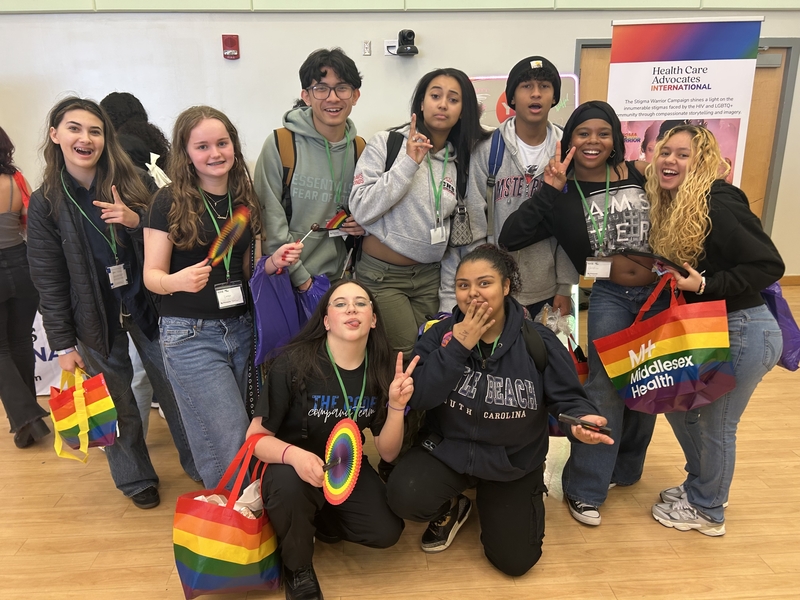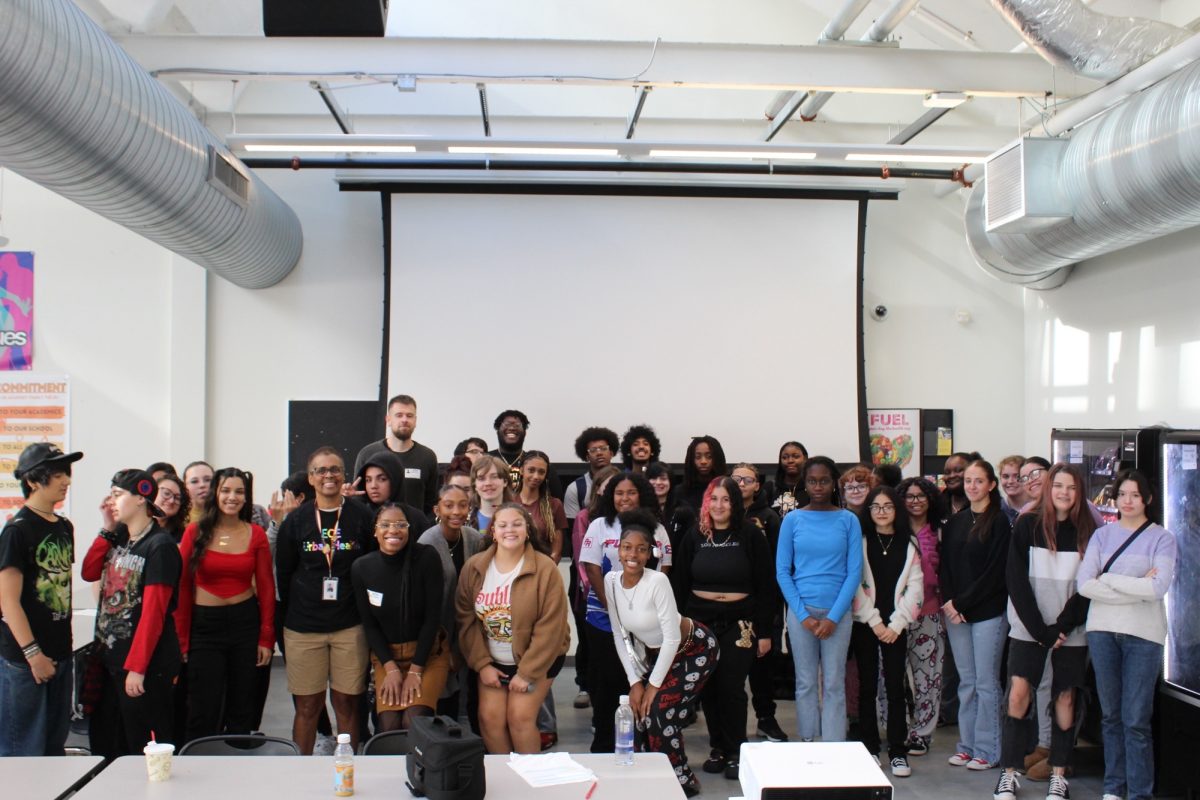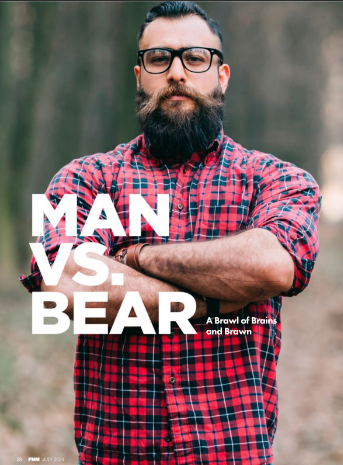You ever hear something that you can’t quite put your finger on, but it just doesn’t feel right? Like, perhaps scrolling through a social media app and you come across a post that leaves you in need to re-watch it in order to truly process what you heard? Well, that’s the point of that content sometimes; we’re all familiar with controversial things spiking video engagement, and a lot of creators focus on these topics for that reason alone. But then there’s communities of creators that genuinely produce this content and preach it to their impressionable audience and even target younger audiences to tap into ‘larger markets.’ Those creators have continuously been shown to profit off of the communities they build and even promote scams to their audiences, those audiences primarily being the next generation of young men and boys.
Somebody close to me in my family has sadly been a victim of believing that this online personality’s content is genuine. They connect to it because the creator says everything that they want to hear. The creator targets insecurities that the majority of men struggle with, but especially the struggles of young men and today’s teens, as the term market is only ever growing with the rise of social media. They begin to create a community of people who engage with this content and create an echo chamber of misinformation and misogyny that these creators often promote. I’ve asked a friend about this subject and they said, “I myself have noticed it is more important to men in those communities that they seem like the coolest person. It makes unnecessary competition and it happens a lot in young teen environments, especially online. Finally, when the community is at its peak, the creator can begin to promote ways to support them directly. But, as technology grows everyday, new scams are invented to profit off of the uneducated and misinformed, and the scams that are promoted today target impressionable teens. Teen boys are also influenced to believe they should be alone and never share their emotions, teaching them poor mental health information in order to become more ‘masculine’. This leaves a mark on our teens today, which I’ve seen firsthand on a close family member; it’s hard to watch it leave an actual mark on someone and to experience it directly is even worse. No matter what you tell them, they are dead set in their beliefs because the content they consume tells them to be.
For example, a teenage boy had made $50,000 scamming people online out of cryptocurrency on two separate occasions, one of which being an “apology” that he used to scam people out of money again. Nonetheless, it shows how our growing generation believes this behavior is acceptable because their favorite creators do it, too. Unfortunately, it’s usually the creator they admire selling them a dream that they can’t truly buy, which the creator knows. One example of this manipulation is Andrew Tate’s “Hustler’s University,” which was a scam that had promised to one day made the customers as rich as he was; in reality, the people paying into this are at the bottom of the wealth distribution and he’s selling them the dream to jump entire social classes in order to become a part of the 1%. Tate and other influencers like him create these scams knowing that these impressionable teens will invest their money and time into them, genuinely believing that their idol has the best interest for them, when in reality the creator is only interested in their profits.
According to the Pew Research Center, “Overall, 73% of teens say they go on YouTube daily, making YouTube the most widely used and visited platform we asked about. This share includes 15% who describe their use as ‘almost constant.’ About six-in-ten visit TikTok daily. This includes 16% who report being on it almost constantly.”
It is undeniable that our teens are on social media, constantly consuming content that is only looking to steal their money and infect their beliefs. The true intentions of this content are extremely overlooked, luring our young men and boys down a dark path without people realizing.
































